I accidentally ordered a moisturizer that was formulated for menopausal women. Days earlier, I hurriedly purchased the product, recommended on TikTok to me by a dewy-faced influencer who bore the sheen of youth, because, above all, it was on sale for $5. It wasn’t until the product arrived that I noticed the name of the brand. In all caps, the bottle bore the word: “AGING.”
But at 32, I don’t worry about wrinkles. I have white hairs (and more every day) but I don’t spend too much time worrying about those either. I’m sort of worried that my stomach isn’t as taut as it once was even two years ago but I trust that with enough Pilates, it could bounce back. So what was this feeling I had looking at the moisturizer bottle?
“Why did I feel that I needed to stave off aging in the first place?”
I was horrified, but only briefly, before I resolved that this was actually the best news ever. If I could pump my skin full of collagen before I ever lost any, then I might never have to age. But why did I feel that I needed to stave off aging in the first place?
The slim white bottle presented itself, seemingly out of thin air, as the fountain of youth. People had searched the world over for this, and I had procured it by mistake. An opportunist panic emerged.
I pored over the ingredient list and FAQs: Would this product work for me? Did I need to be older for it to do its job? In retrospect, these were all forms of the question: Am I old or not? Is there some categorical difference between a woman whose skin would respond to this product and, well, me?
“In our minds, we have the capacity to skirt across years like time travelers.”
When does aging begin? How do we start to feel it? Lynne Segal writes in her book, “Out of Time: The Pleasures & Perils of Ageing” about the way we experience aging as what she calls a temporal paradox. “As we age, changing year on year, we also retain, in one manifestation or another, traces of all the selves we have been, creating a type of temporal vertigo and rendering us psychically, in one sense, all ages and no age.”
In our minds, we have the capacity to skirt across years like time travelers. Mostly, this happens without our noticing. Some stimulus might cause an infantile reaction, another tired morning over coffee we might find ourselves feeling exactly our age.
“Too often we draw a connection between aging and death — but death is random, it can happen at any point.”
Segal’s book is wonderful because it provides us with the resources to think about aging as an aspect of life. Too often we draw a connection between aging and death — but death is random, it can happen at any point. Moreover while we do experience dying, we don’t experience our own death. Its finality is directly counterposed to aging and dying, which happens to us while we’re alive.
Sometime after I used the entire bottle of moisturizer, but before I started developing these thoughts on aging, I resolved to become a devotee of the brand. I ordered three more bottles (they were still on sale for $5 each!) and made a commitment to this new moisturizer and, by proxy, the panicky relationship to aging it represented. But, when the new bottles came, one pump of the product revealed a thin, brown liquid totally unlike what had come before. I read online that this can happen when Vitamin C goes bad. One after the other, the moisturizers revealed themselves to have been spoiled. The anti-aging moisturizer….had aged.
Soon after, I received a Whole Foods order delivered to my home. The bags are always identified as a group through a code word. While they must be chosen algorithmically, these code words always seem to insist on their meaning. As I went downstairs to retrieve our dropoff that day, I saw that the word this week was “aging.” It was printed on no less than 8 bags of groceries. An abundance of aging, aging written over everything. It was ridiculous. It made me laugh.
There they were, two different ways to look at aging: One in which something spoils over time and another that engages with the fascinating, funny, layered multiplicity inherent in the experience itself.
“If we think like Segal, something isn’t lost in aging. It is gained. We become somehow more of ourselves than we were in the past.”
If we think like Segal, something isn’t lost in aging. It is gained. We become somehow more of ourselves than we were in the past. I’m aware of my own privilege of youth in leaving aside the questions of the deterioration of the body and the mind, but it is true that, at least psychologically, we slip back to childhood, to adolescence, to young adulthood, in a blink. This is what it means to be alive, and it is the contradiction of aging.
“We always live with those passions of the past in the strange mutations of mental life in the present, whatever our age.”
– Lynne Segal, “Out of Time: The Pleasures & Perils of Ageing”
Segal writes, “We always live with those passions of the past in the strange mutations of mental life in the present, whatever our age.”
My personal mythology actually begins with a statement about aging. When I was born, my mother said, “This is an old soul.” This statement made me into a person who always sought out “old” things — anything before my time was up for grabs. Movies from the 1970s, classical music from the 19th century, or relics from the 9th century BCE: All stood to contain an answer about who I was, my origin in the past. Now I realize that this was a way of engaging with death: What came before me and what I couldn’t ever really know.
In my 30s, I’m ready to embrace aging in all its contradictions and complexity. So long as we’re aging, we are naive, swept up in the current of life, constantly learning and changing, returning through a kind of spiral to our earlier selves. I’m thinking about aging as an engagement with what I’ve made of my own life, rather than a One Way sign pointed towards death. There’s nothing final in aging. What an absurd pleasure that is.
Ashley D’Arcy is Senior Editor at The Good Trade. She is also a psychoanalyst-in-training and holds a Master’s in philosophy from the New School for Social Research. She lives in Brooklyn with her wife and their Miniature Australian Shepherd, Rocky.
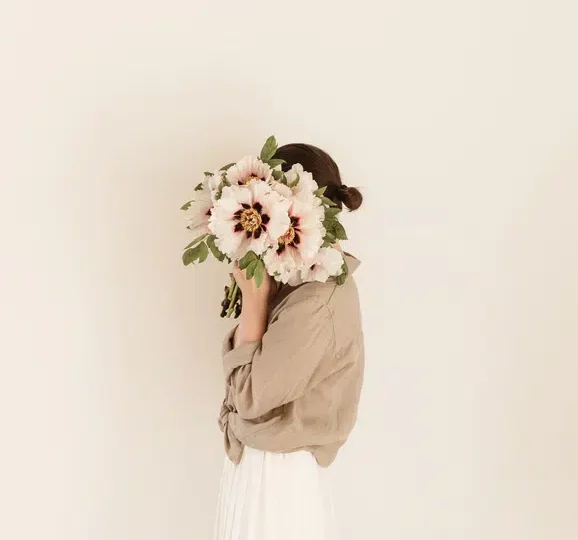
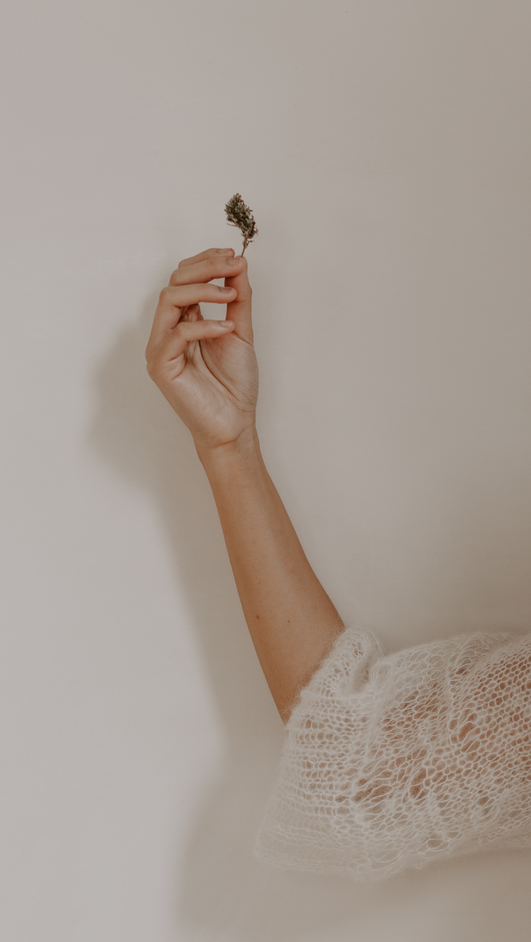
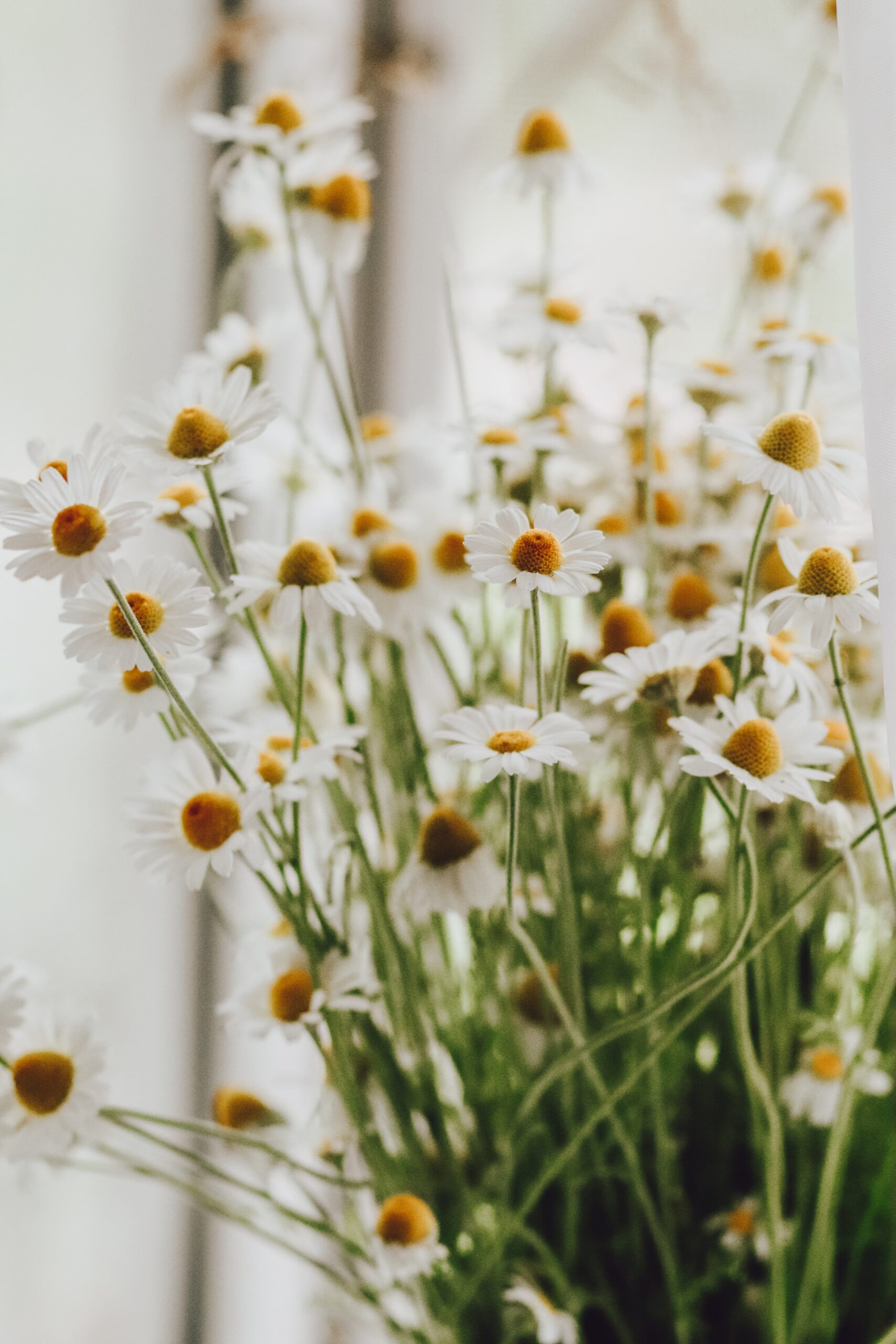
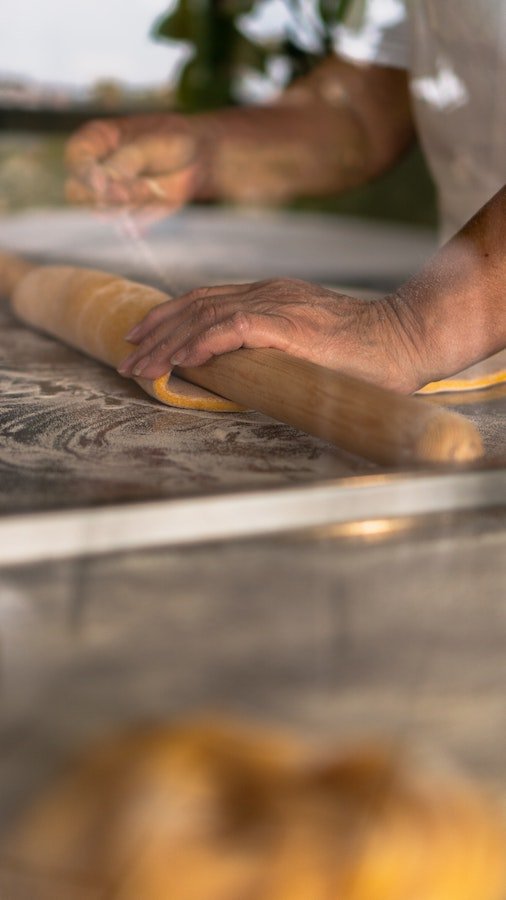
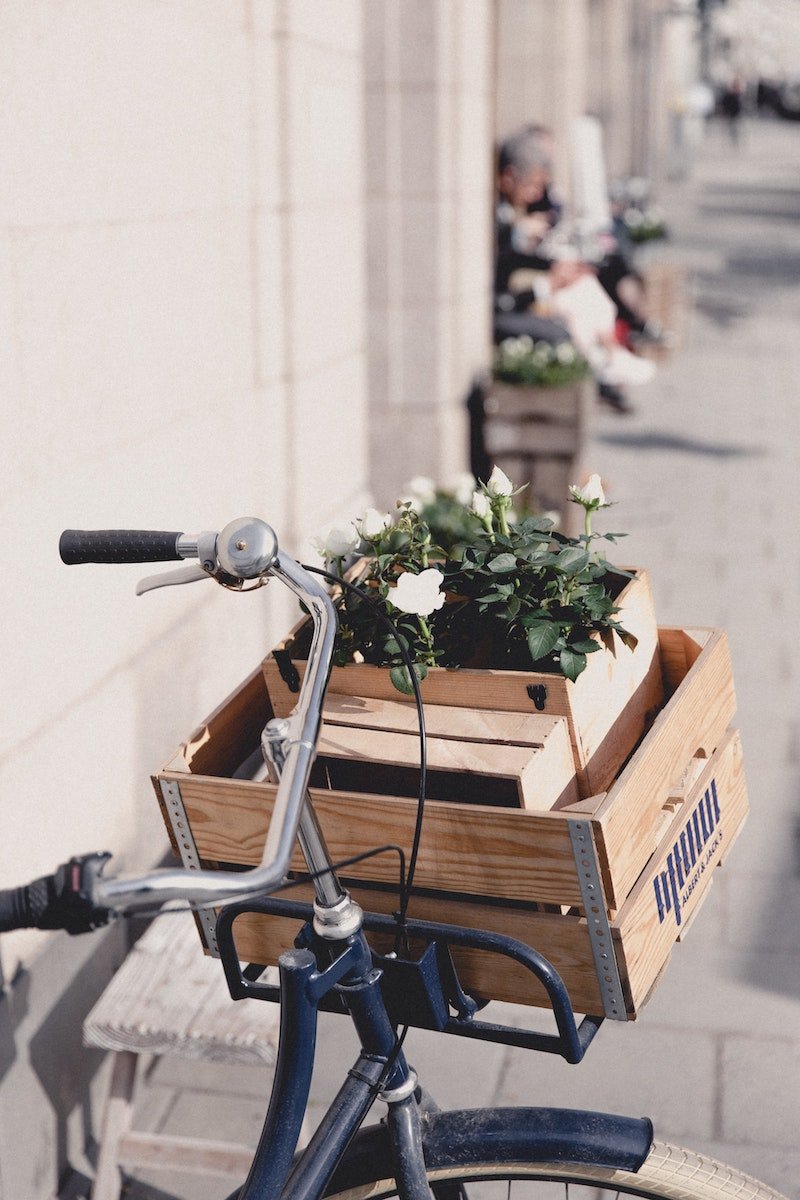
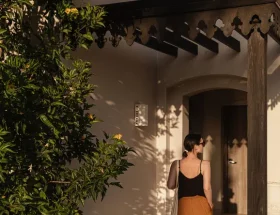
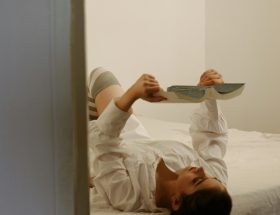
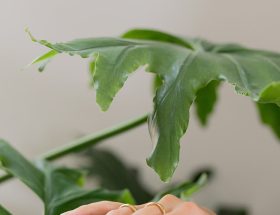
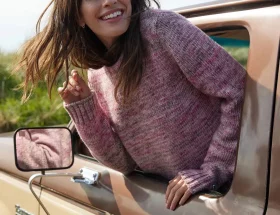

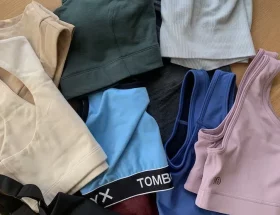


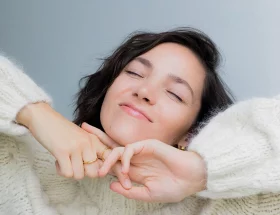

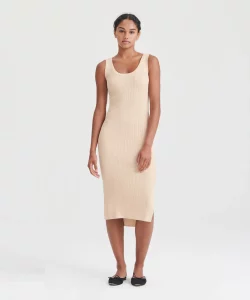
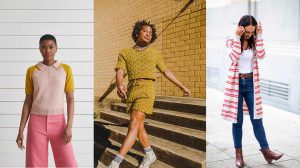
theophilus obrigewitch
tristun lajiness
tanilah quilitzsch
montelle thonn
levarr wiktorin
gwinda mayerhofer
Thanks for sharing. I read many of your blog posts, cool, your blog is very good.